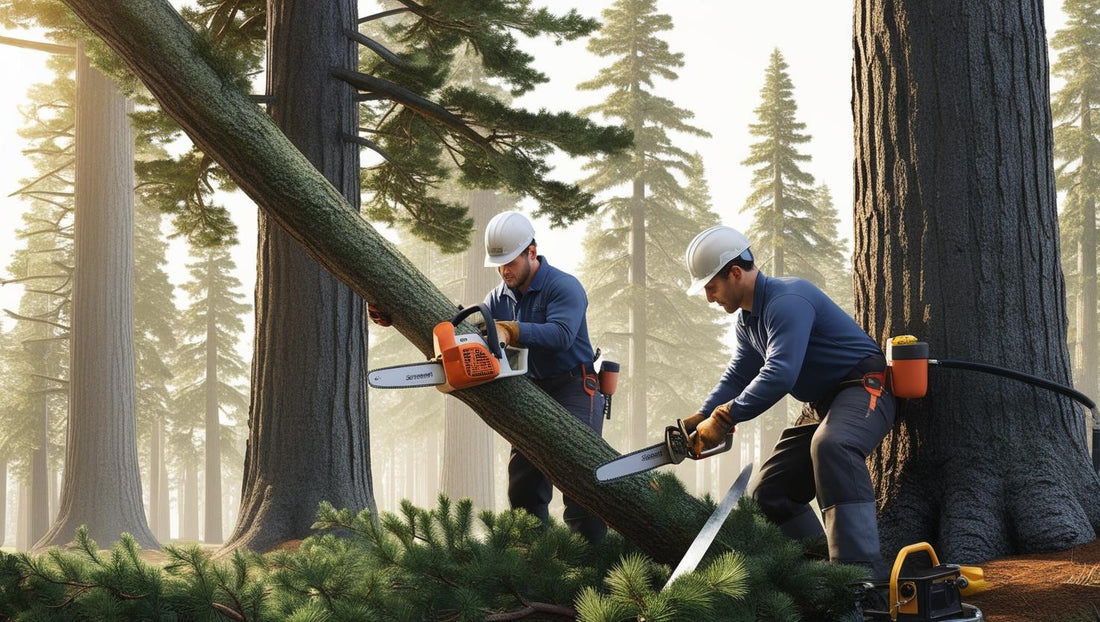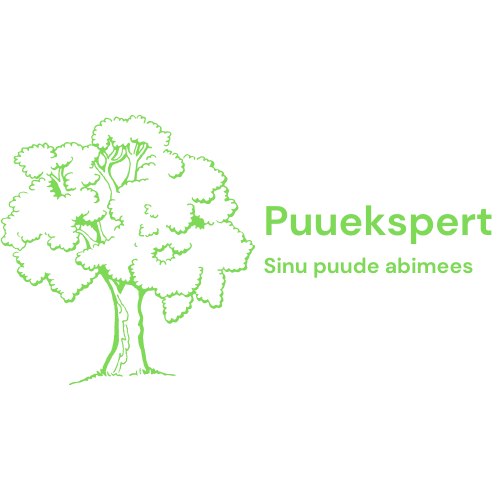
Felling of dangerous trees in Harju County and Tallinn
Share
Cutting down dangerous trees
Trees provide us with shade, beauty and even vital oxygen. But when one of them becomes a threat to life, property or traffic, urgent action is needed. This is where hazardous tree felling comes into play. It is not just logging – it is a responsible and often technically complex activity aimed at preventing potential damage.
When is a tree dangerous?
A visually healthy tree may not always be safe. Danger can manifest itself in the form of a cracked trunk, tilted growth, visible root rot, or damage from a severe storm. Old and tall trees can also pose a danger if they grow closely next to buildings, roads, or power lines.
Prevention starts with assessment
Before even putting the saw into operation, the situation should be objectively assessed. The structure of the tree, its location and the extent of possible damage are just some of the aspects that need to be taken into account. A professional arborist can often determine from a first glance whether urgent intervention is required or whether maintenance pruning will suffice.
Technical approach
Unlike simple felling techniques, removing a dangerous tree often requires specialized techniques – such as climbing techniques, undercutting, staged removal or even the use of a crane. The felling plan takes into account not only the direction of the tree’s fall, but also possible side effects, such as vibrations that may affect nearby structures.
Safety first
No job should begin without the correct safety equipment – a helmet, fall arrest equipment and protective clothing are just the beginning. Marking the work area and directing people away is also important. Mitigating risks is an integral part of the work of professionals.
Legislative aspects
Even though it is your plot, this does not mean that only the owner can make the decision to cut down. Many municipalities have strict requirements and restrictions regarding the removal of larger or species-protected trees. An application and an assessment by an environmental specialist may be required. Acting without a permit may result in fines or legal action.
What to do after felling?
When a tree is removed, it is often left with a trunk or stump, which can be difficult to remove. In such a situation, it is worth considering milling or removing the stump along with the root network. The wood residue can be used to make firewood or sawdust, which is suitable for compost or mulch.
When to call a professional?
If you have the slightest doubt – whether the tree may break or its condition is questionable – do not postpone the decision. An assessment by an experienced arborist can save thousands of euros and prevent tragic accidents. Involving a specialist is especially important if the tree is large or difficult to access.
Summary
Cutting down dangerous trees is not just maintenance work – it is an investment in safety. Timely response, thoughtful execution and compliance with legislation will help ensure that your home and its surroundings remain safe. If the need arises, don't be left alone – trust experienced arborists who will complete the job safely and professionally.
